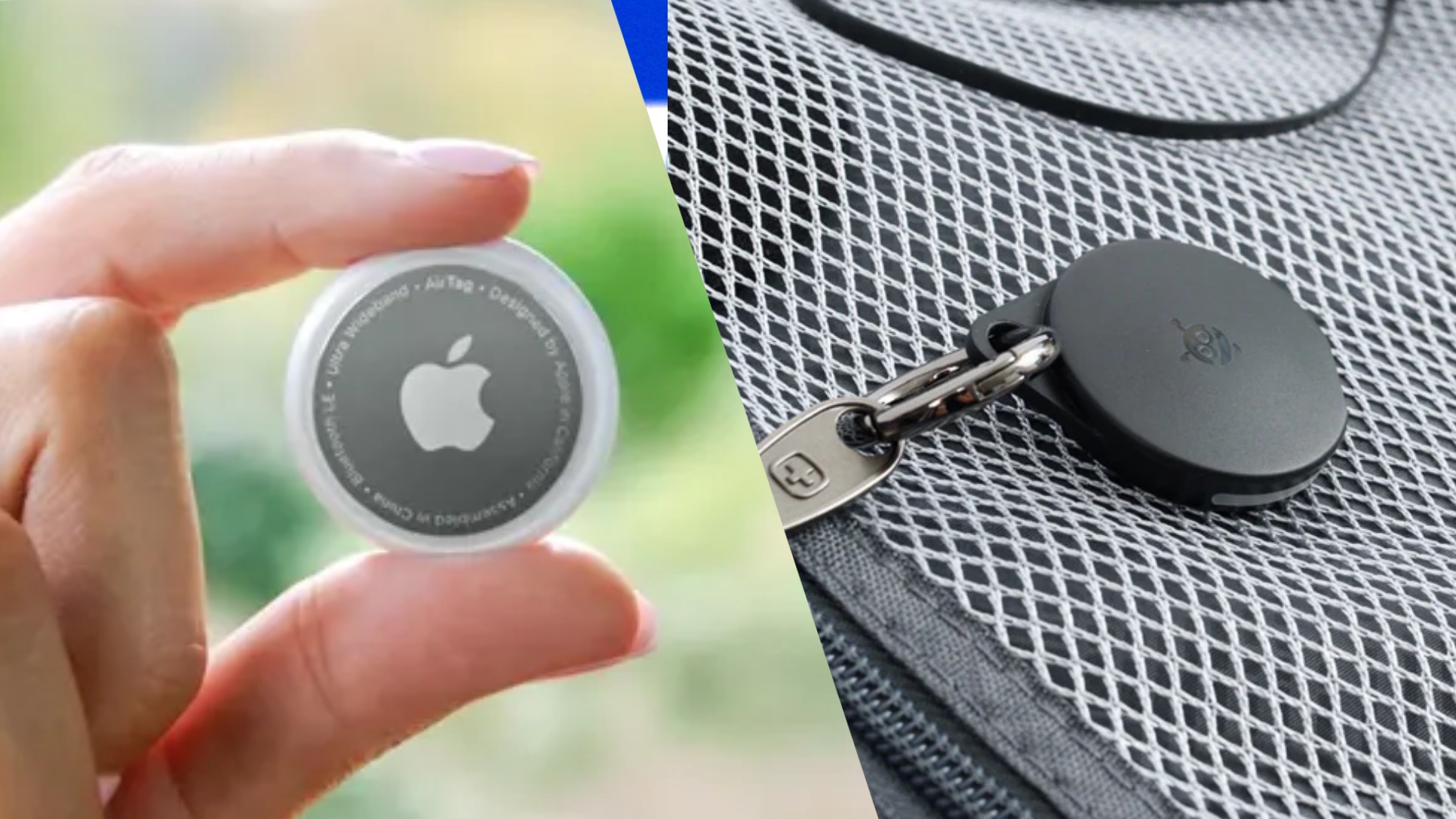
Google's Find My Device may have only launched a few months ago but that's enough time for a comparison to Apple's AirTags.
Recently, Reddit user u/chiselplow, decided to actually put Find My Device to the test against AirTags. Shared by our friends at TechRadar, the test pitted a Pebblebee tracker against an AirTag by putting both trackers into a mailbox and having them posted to another state.
Perhaps the test is unfair since Find My Device only launched in April and Apple's Find My has existed since 2019. Also, there will presumably be more tracking devices that utilize Find My Device versus the AirTag for Apple devices. Still, it's good to see where things currently stand.
Both trackers work by utilizing an anonymous, crowdsourced network of nearby smartphones to find their location. Based on chiselplow's testing though, there was a big difference in the results.
They claimed that Apple's device continuously updated throughout the day pinging the AirTag's location. Meanwhile, the PebbleBee took 11 hours to show a new location. Based on their test, it looks like the PebbleBee never really found the location at all.
At one point, they claimed that the PebbleBee had defaulted to showing its previous location, the sender's home. They also mentioned that the Find My Device map is in grayscale and not super detailed, especially in comparison to Apple's map which features satellite mode.
Their conclusion was that Google's version of Find My Device is not worth it, "Pebblebee and the Google Find My Device Network are hot garbage and the entire thing has not been rolled out in a way that it can be useful, reliable, or worth spending your money on at this time."
The issues with Google's version might be related to a couple of different but compacting issues. One, in the US, the iPhone is the more dominant phone, while in other countries Android is more prevalent. Chiselowplow appears to be American.
Also, Google made the default setting for the Find My Device network "high-traffic areas only." To change this users have to switch to "all areas" or third-party manufacturers like Pebblebee have to have it switched on.
The tool is also missing features like UWB (ultra-wideband), though that is supposedly coming, along with Augmented Reality support. One thing that may improve it is the release of Google-made Android AirTags, though the tech giant has not released any plans to create such a product.
For now, based solely on this one test, the feature is not quite up to snuff, especially compared to Apple's more robust tracking network.







